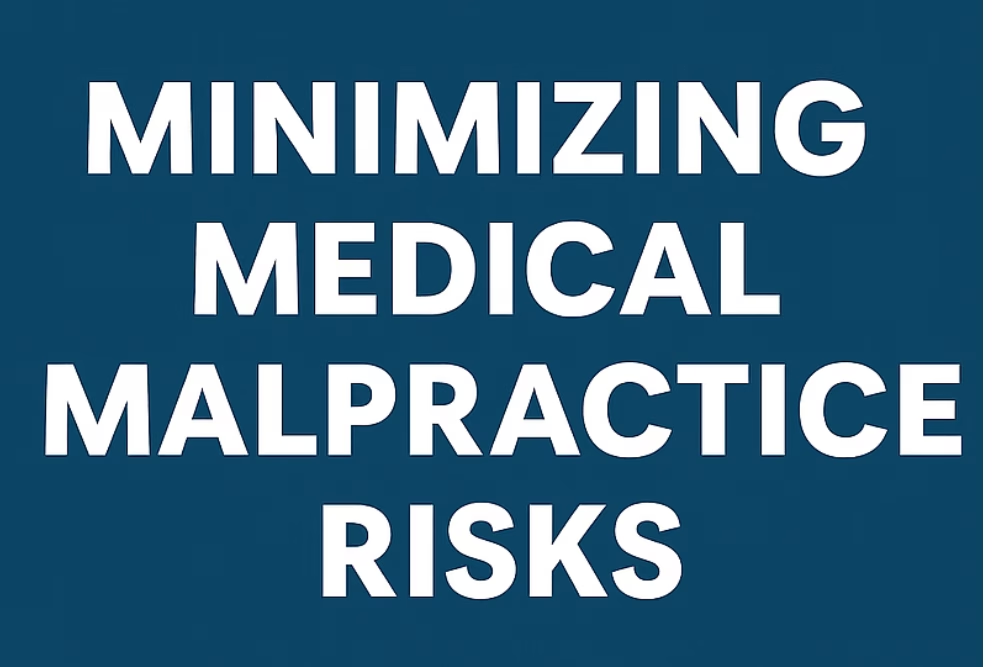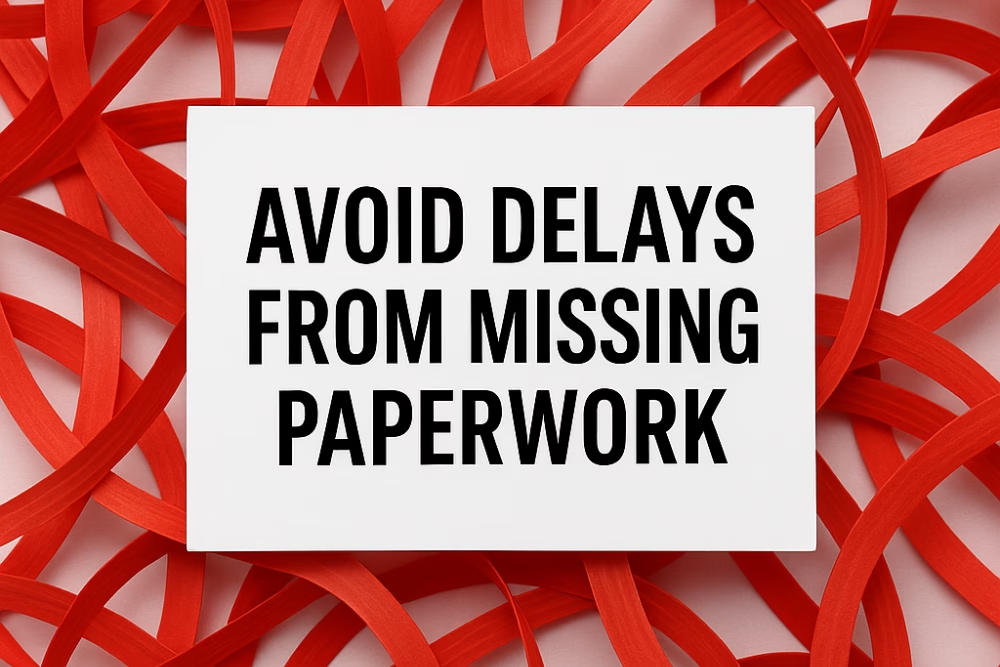Navigating multi-state credentialing can feel like assembling a thousand-piece puzzle. For healthcare practices aiming to grow across state lines—whether by offering telehealth services or opening new locations—getting licensed in multiple states is a must. But without the right tools and knowledge, the process can quickly become overwhelming.
This guide simplifies multi-state credentialing and offers actionable strategies to help practice managers, healthcare providers, and clinic owners get it done efficiently.
What is Multi-State Credentialing?
Multi-state credentialing is the process of obtaining licenses and payer credentials to practice legally in multiple states. It’s essential for organizations offering services beyond their home state, especially in the era of remote healthcare.
But here’s the challenge: every state has its own unique licensing rules, requirements, and timelines.
Key Hurdles You Might Face:
-
Different State Rules: Each state medical board operates independently. That means different applications, fees, and document requirements.
-
Profession-Specific Guidelines: A physician’s requirements may differ from a nurse practitioner’s or therapist’s.
-
Evolving Regulations: State laws—especially around telehealth—change frequently and can impact your eligibility.
Step-by-Step: How to Tackle Multi-State Credentialing
1. Do Your Research
Start by checking the state medical board websites to understand each state’s requirements. Compile a checklist of needed documents, deadlines, and steps.
2. Use Compact Licensure (If Eligible)
If your profession qualifies, compact agreements like the Interstate Medical Licensure Compact (IMLC) or Nurse Licensure Compact (NLC) can speed up the process in participating states.
3. Get Your Documents in Order
Common documents include:
-
Medical licenses
-
Board certifications
-
Malpractice insurance
-
Proof of education and training
-
Employment history
4. Submit State Applications
Pay close attention to fees, processing times, and required exams—some states require jurisprudence tests or specific background checks.
5. Complete Background Checks
Most states need fingerprinting and background screenings before issuing a license.
6. Begin Payer Credentialing
Once state licenses are secured, start credentialing with insurance payers. This ensures your services are reimbursable from day one.
Pro Tips to Speed Up the Process
-
Dedicate Resources: Assign staff or use software to track application status and deadlines.
-
Stay Informed: Regulations change often. Monitor medical board updates or subscribe to bulletins.
-
Budget Accordingly: Credentialing involves fees, exam costs, and sometimes legal consultations.
-
Consider Outsourcing: Credentialing specialists like eClinicAssist can handle licensing and payer enrollment end-to-end, saving time and reducing costly errors.
Why Credentialing Efficiency Matters
A streamlined credentialing process brings more than convenience. It enables you to:
-
Expand Patient Access: Serve more communities and grow your telehealth reach.
-
Avoid Fines and Delays: Stay compliant with each state’s laws and reduce the risk of penalties.
-
Maximize Revenue Opportunities: Tap into new payer networks and increase your billing potential.
-
Boost Team Productivity: Reduce admin workload so your team can focus on patient care.
Let eClinicAssist Help You Succeed
At eClinicAssist, we specialize in helping healthcare organizations simplify multi-state credentialing and payer enrollment. Whether you’re a solo provider or managing a multi-location practice, we’ll handle the paperwork so you can focus on your patients.
📞 Ready to streamline your licensing process?
Contact eClinicAssist today and let us simplify your journey to multi-state expansion.







